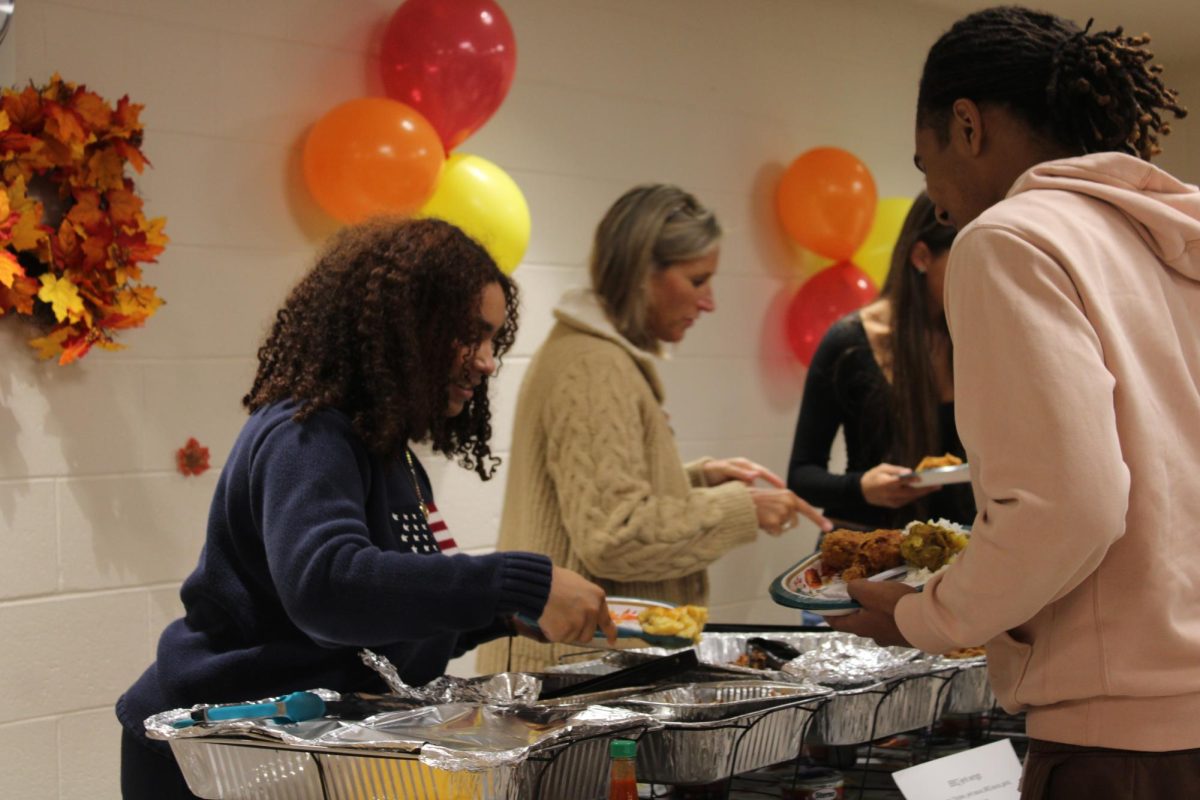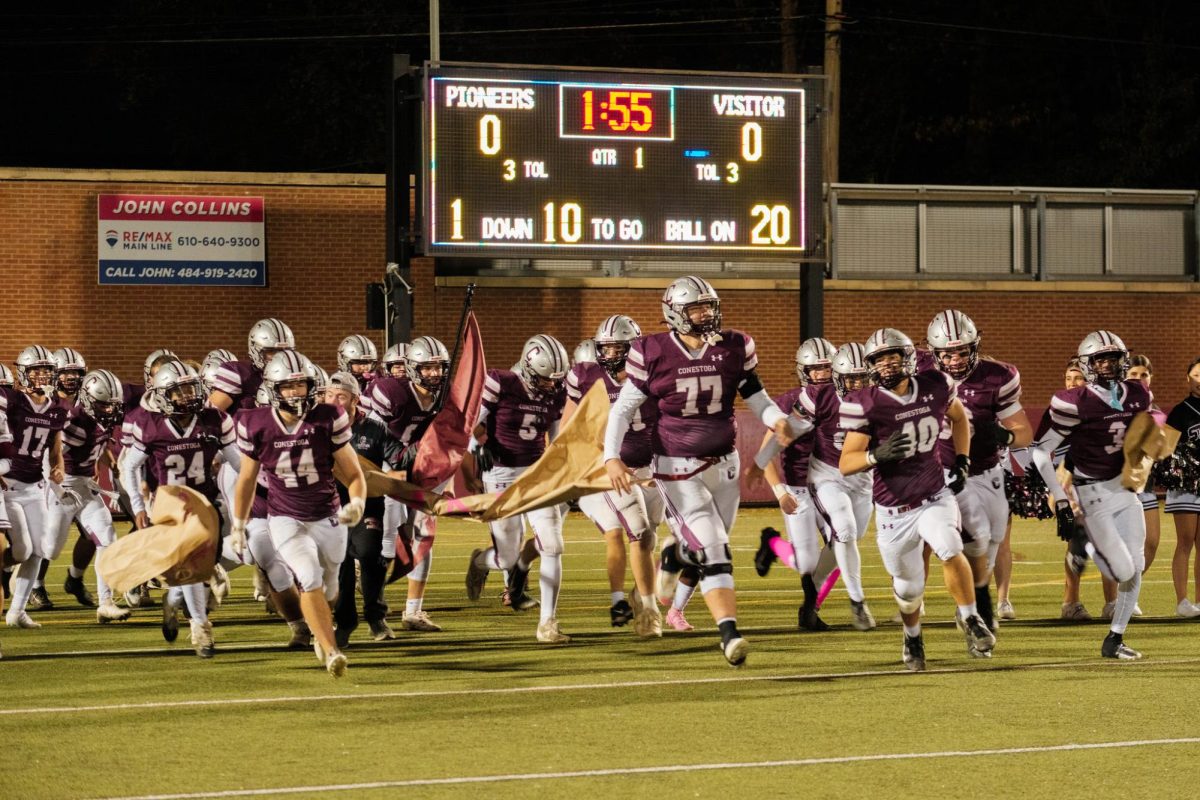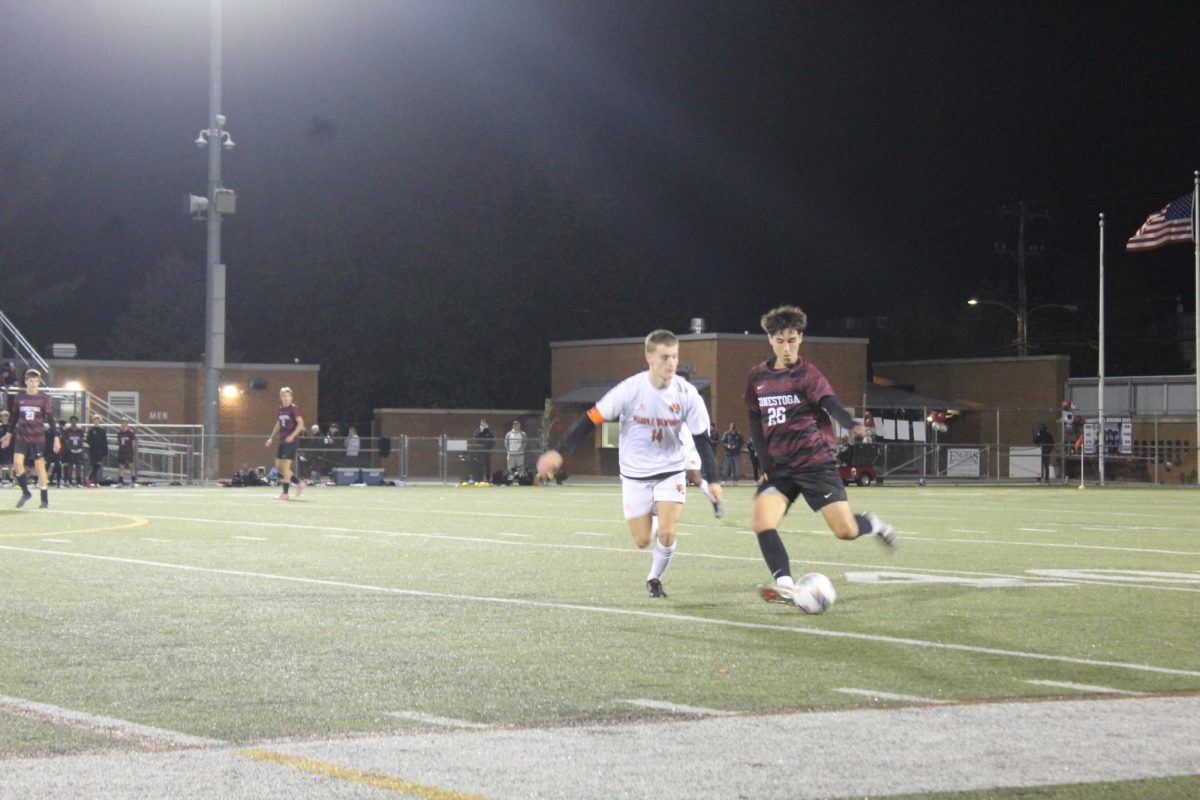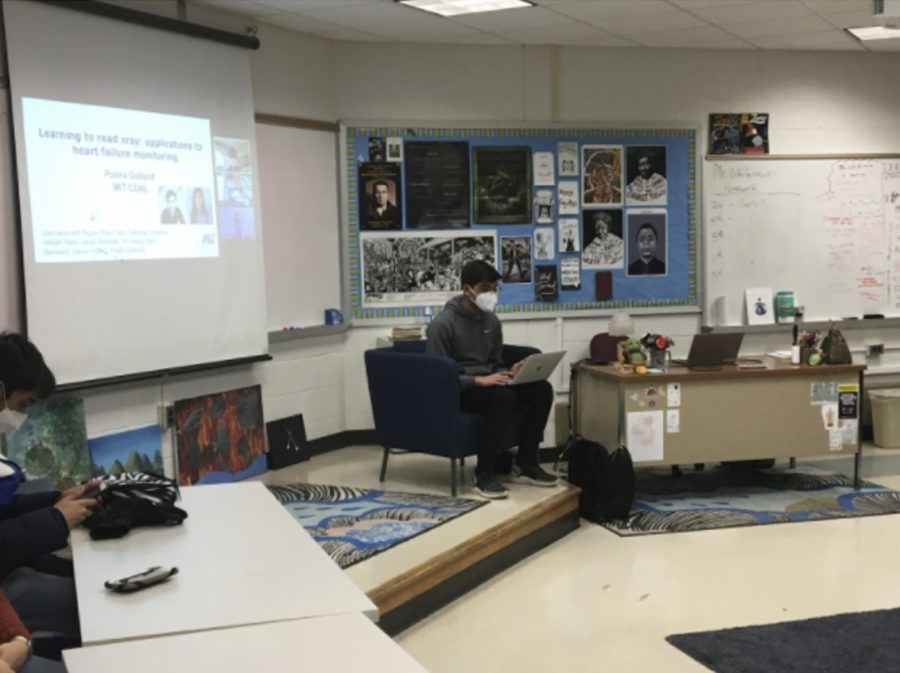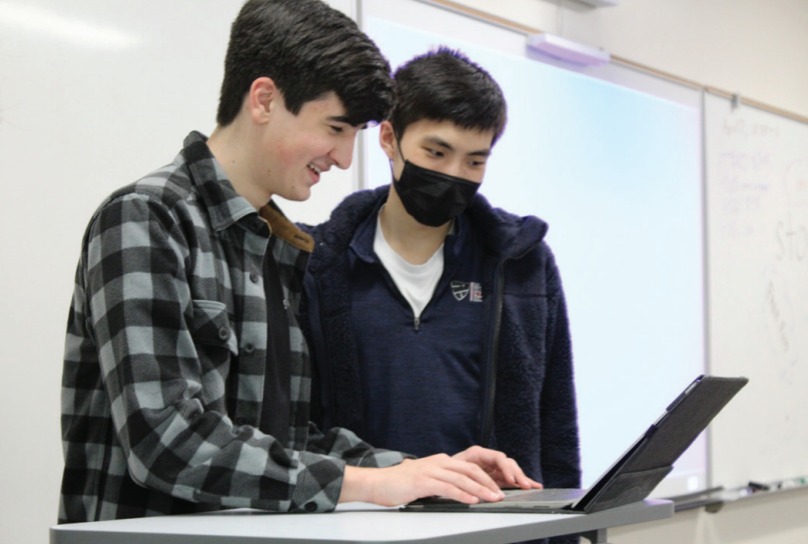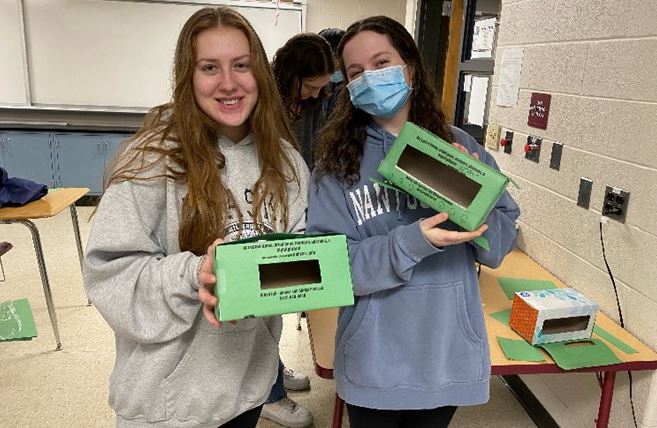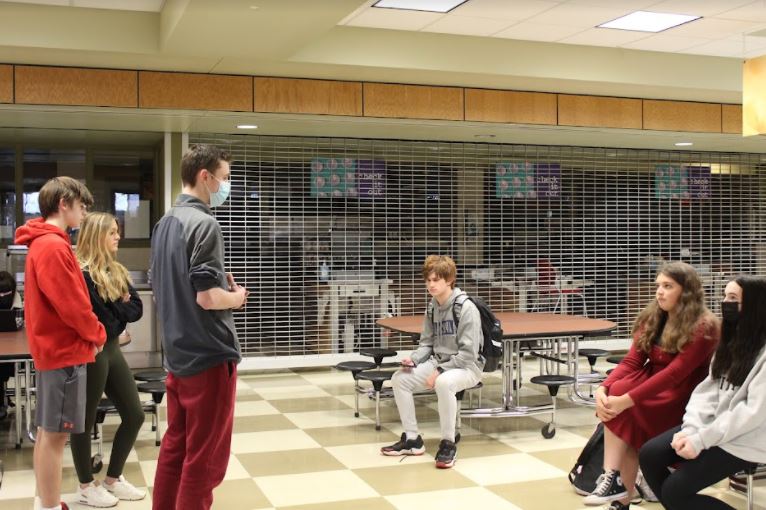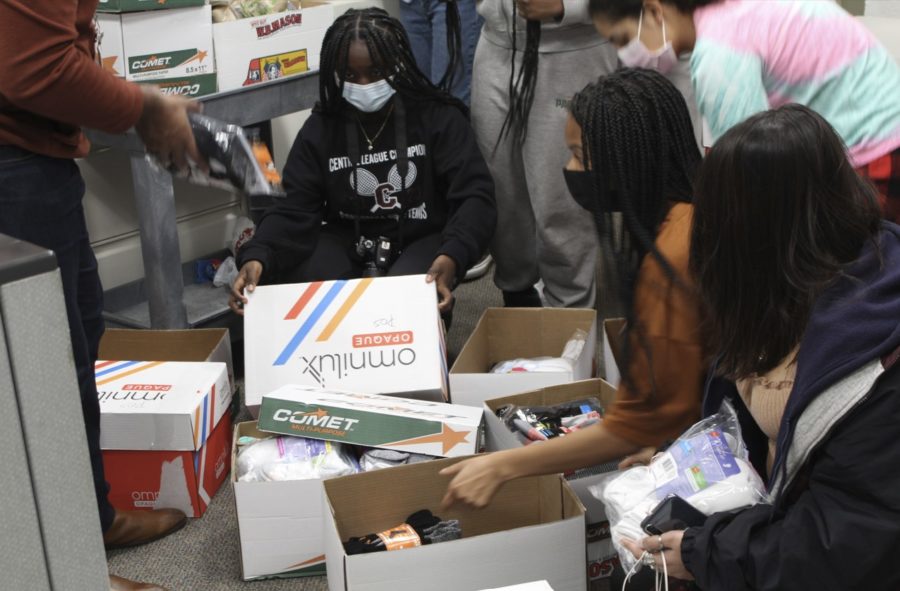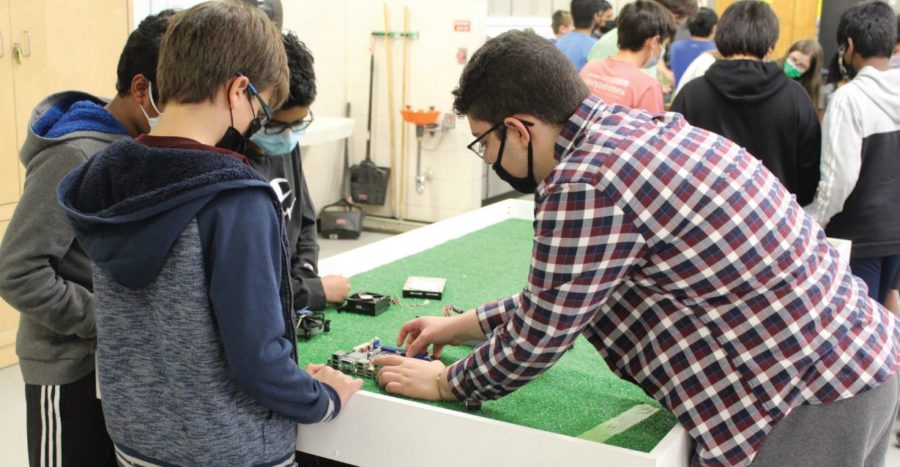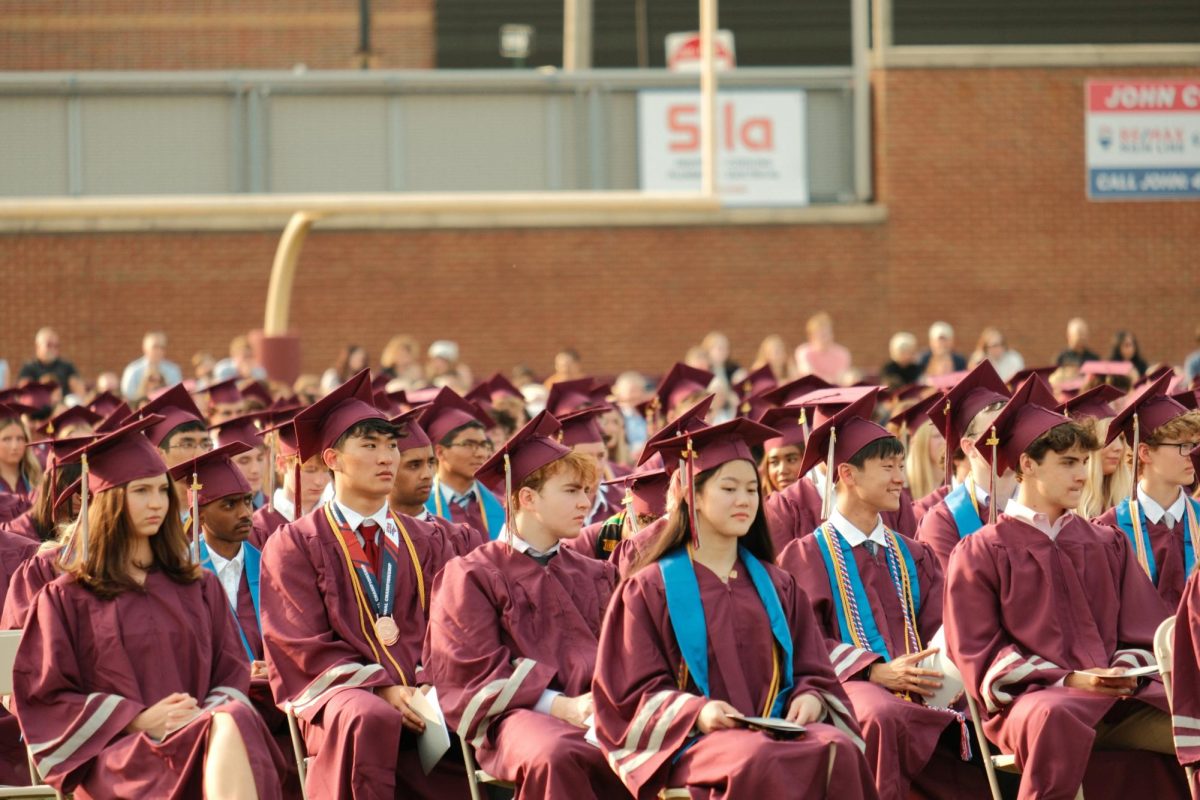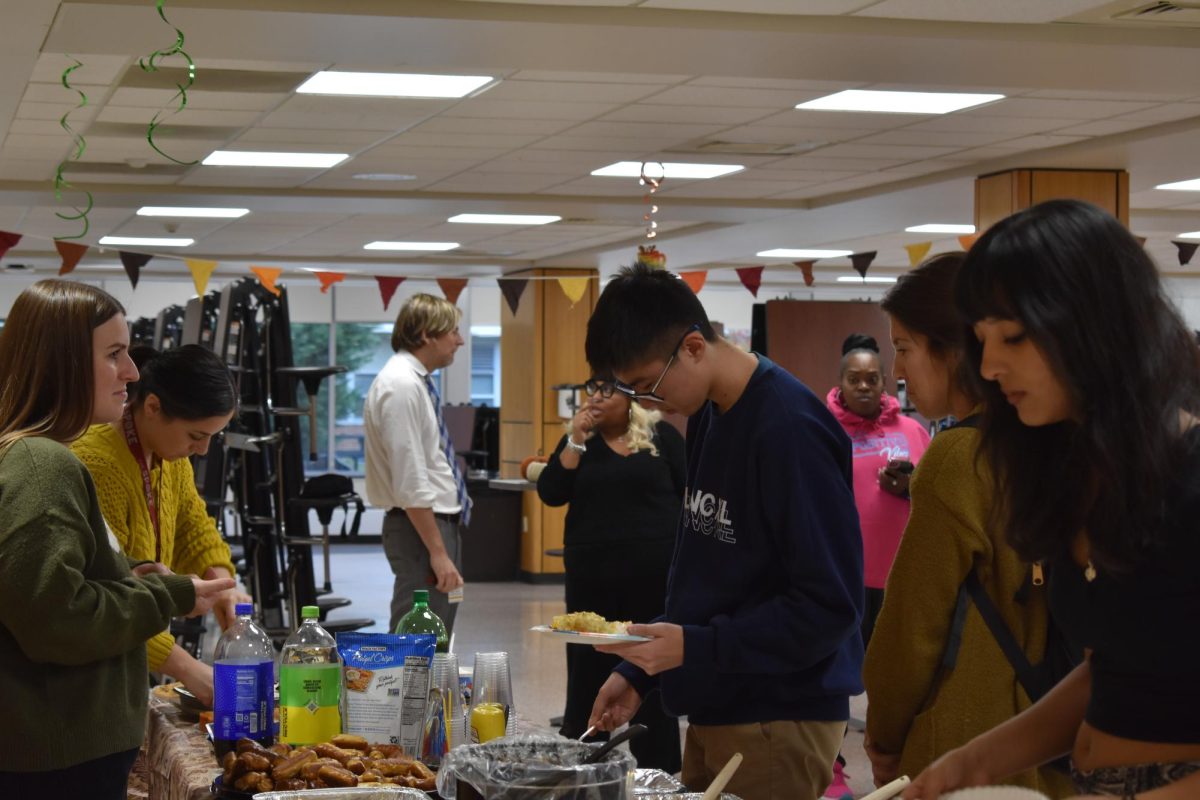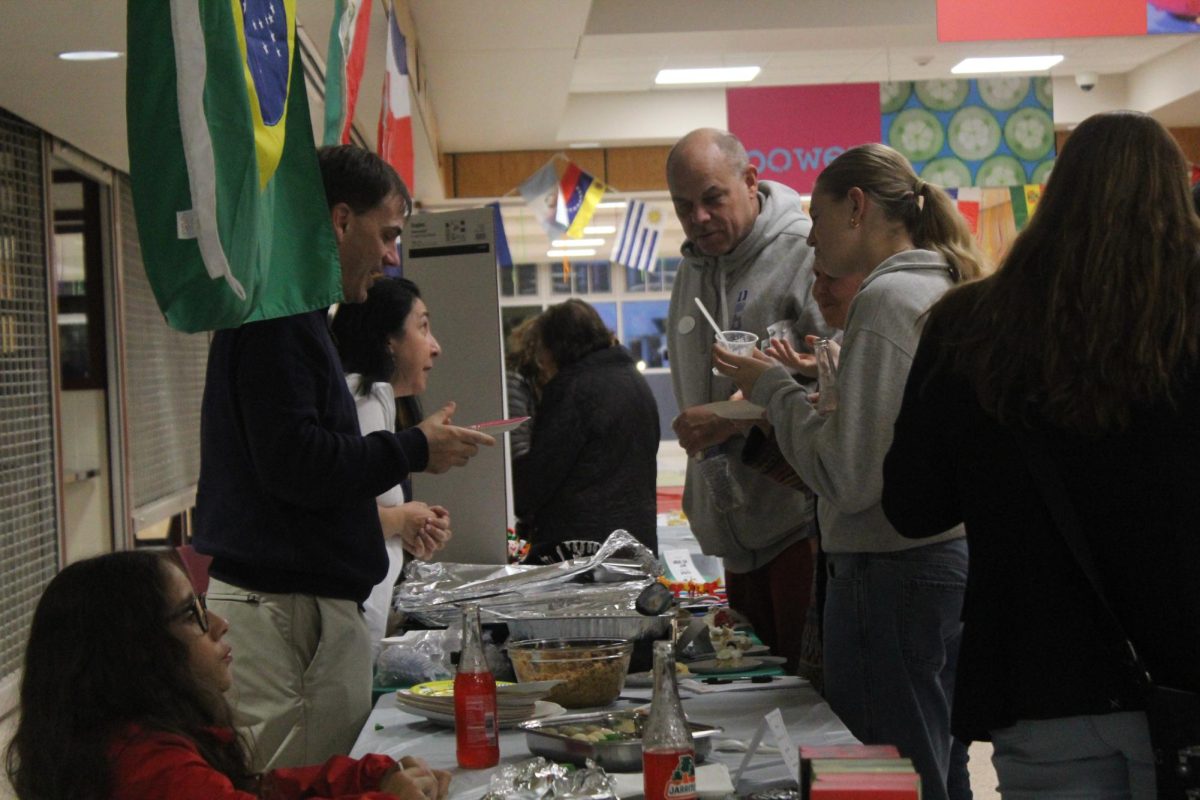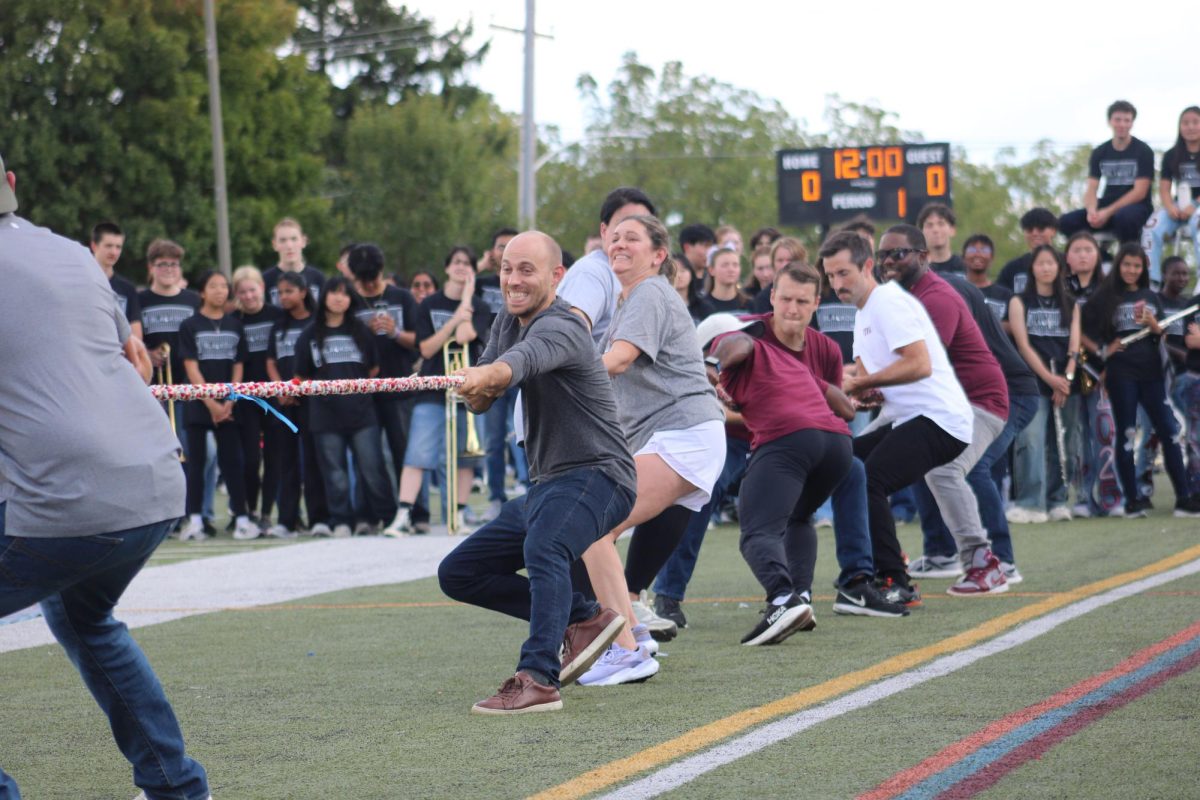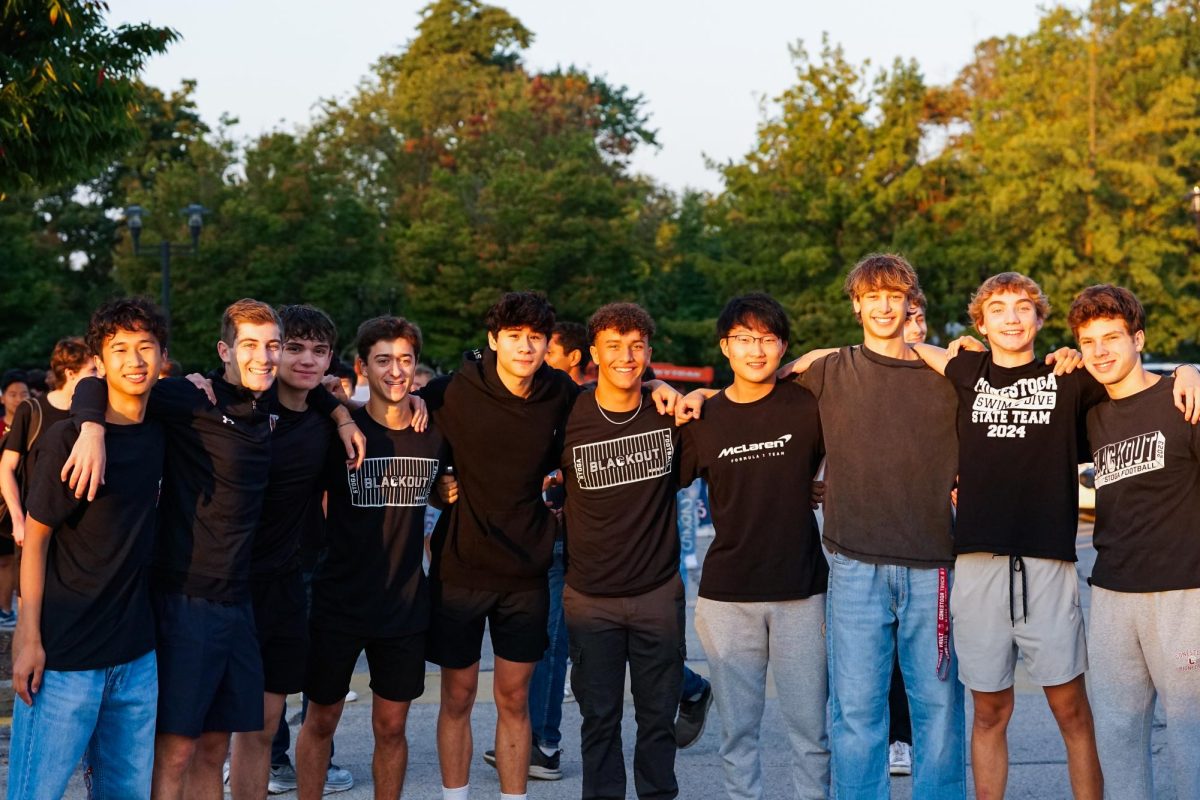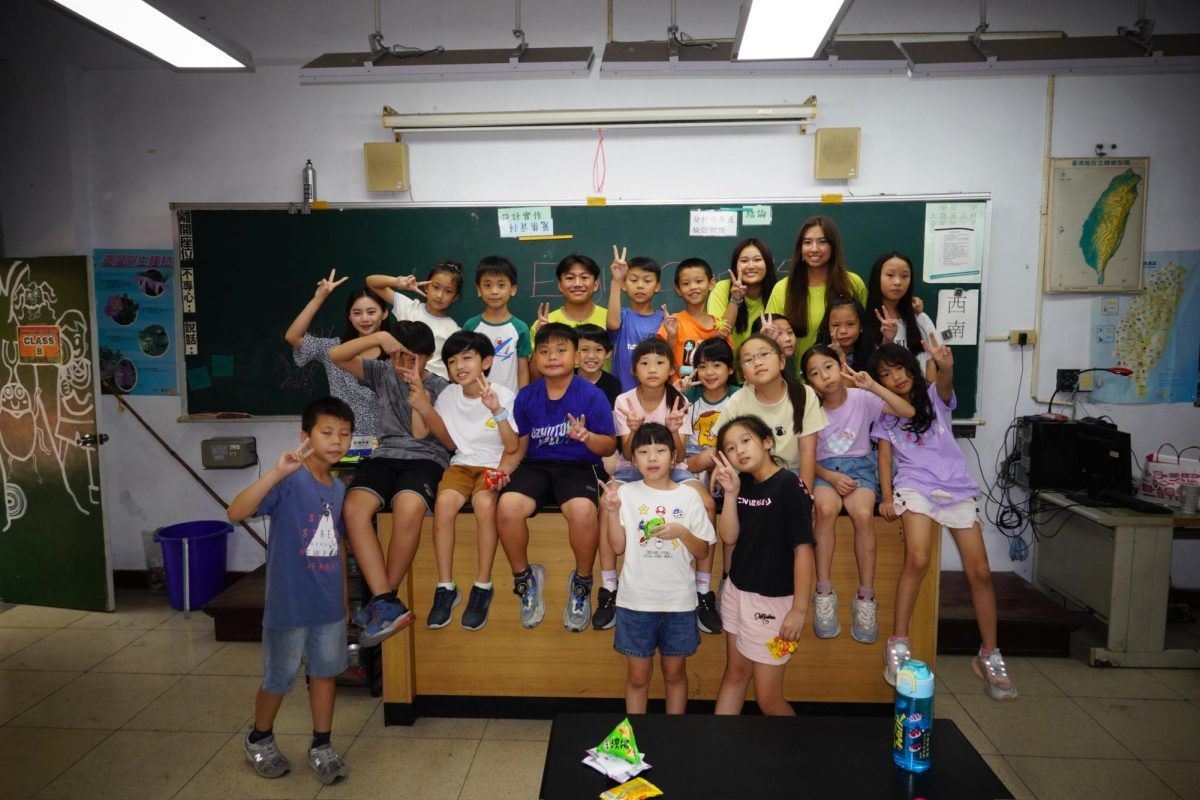By Chanelle Ongagna, Staff Reporter
On Jan. 19, Dr. Polina Golland, a professor of electrical engineering and computer science at MIT, delivered a presentation before the AI club on bio-image processing and the future of computer science in medicine. In her talk, Golland detailed how recent improvements in image-processing software and techniques could transform the way doctors treat patients and increase efficiency in identifying illnesses like heart failure.
Improvements in computer image analysis and machine learning could make doctors’ and radiologists’ jobs easier. This new technology would especially transform the treatment of heart failure—the leading cause of death in the U.S.—by eliminating the need for compiling and comparing multiple X-Ray scans. Instead, doctors can take one X-ray and, using something called regular expression matching (a program that identifies keywords or patterns in an image), effectively have the computer make the diagnosis.
“Doctors want to see not just the diagnosis, but also some interpretation of how that number was arrived at,” Golland said, “This will allow them to integrate this type of information with all the other clinical information they have about the patient.”
Exposing students to the intersection between medicine and computer science was one reason that senior Aditya Sirohi, president of the AI club, reached out to Golland to present.
“What we like to do with our guest speakers is really make it more of an interdisciplinary approach, just because we like to think Artificial Intelligence is really just a tool,” Sirohi said. “So where you apply it and how you use it really matters.”
Despite not being a member of the AI club, Evelyn Yu attended the presentation because she was interested in medicine and biology. She came away impressed by how much research Golland and her team of grad students did to reach their findings.
“I was interested in the fact that it was mostly graduate student-led,” Yu said, “The professional researchers weren’t a big part of it. They were doing so much real-world, beneficial research, I was like, ‘Oh, this is really going to help people.’”
Chanelle Ongagna can be reached at [email protected].






